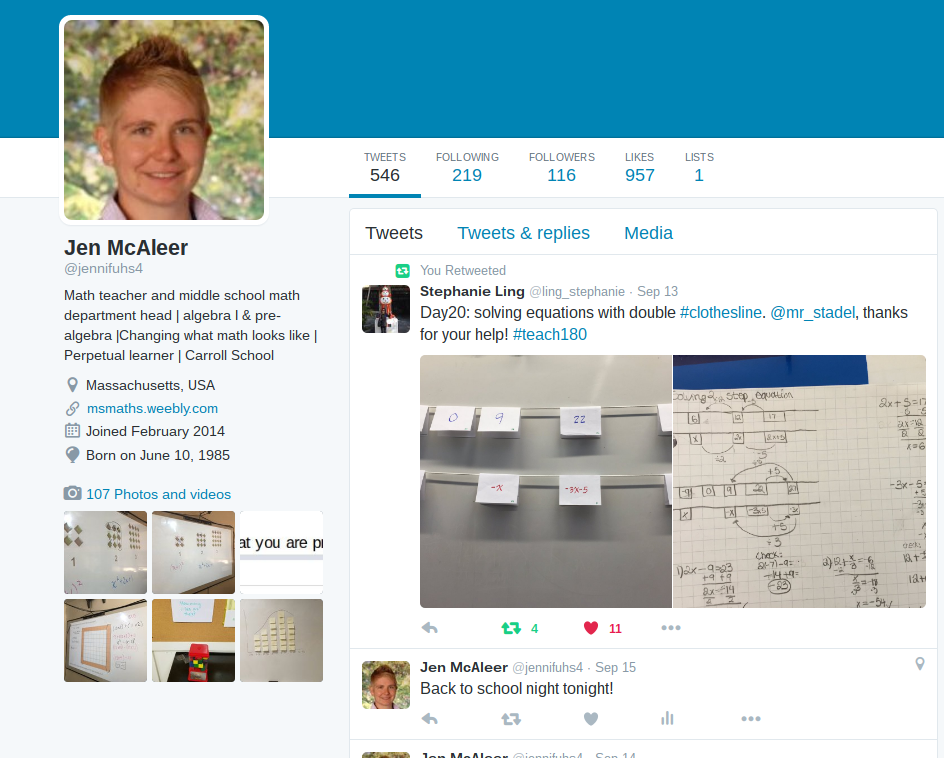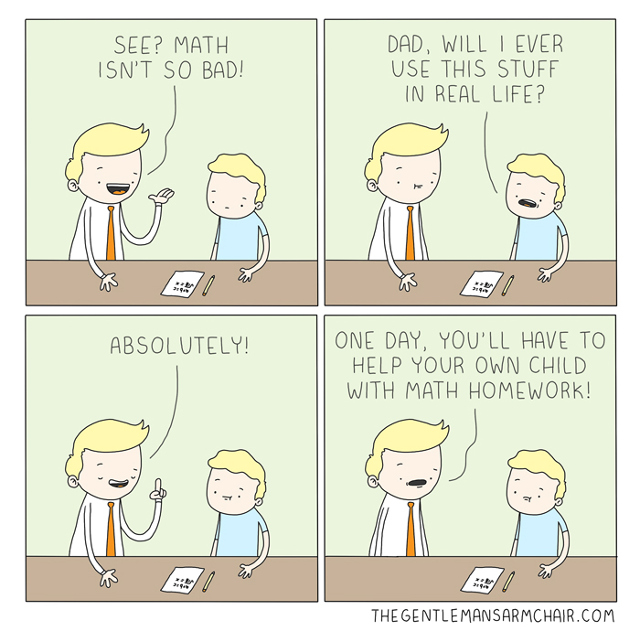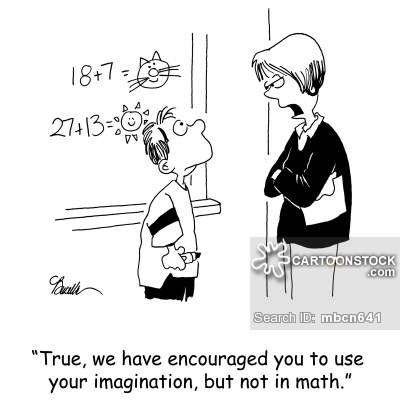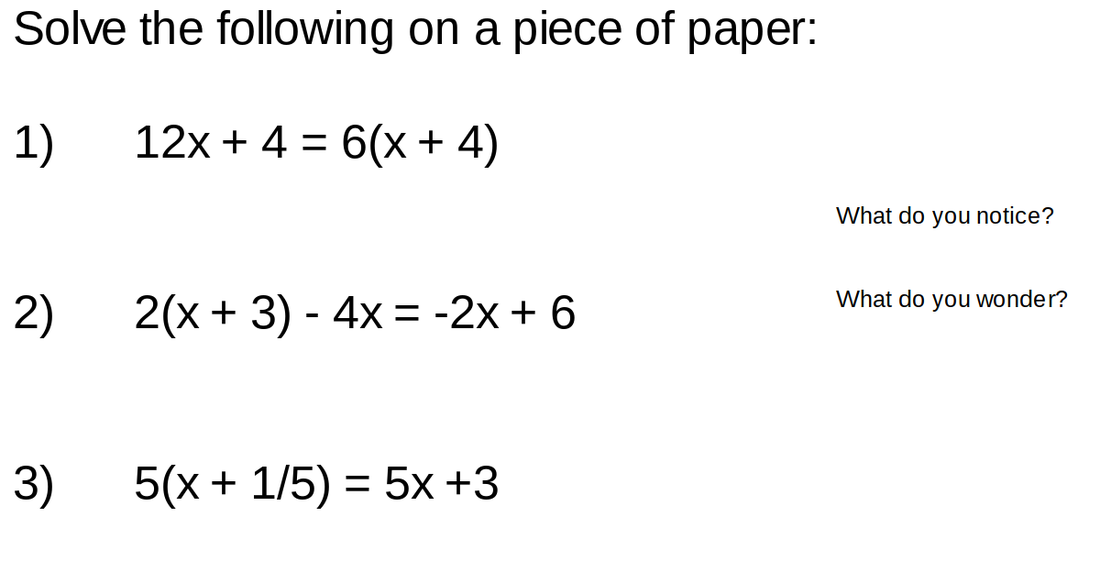|
My students often don’t know how to struggle. They don’t know how to deal and are uncomfortable with the unknown. They lack an entry point to problems or information that is new. They are solely dependent on the adult to be the answer key.
|
Jen McAleerMS Math Department Head located in Massachusetts. I mainly work with LBDB students teaching them meaningful mathematical procedures through context. I also look to open students' eyes to the mathematical world around them Archives
January 2017
Categories |
Proudly powered by Weebly



